How SAM Provided Customized Boron Nitride Refractory Devices
Boron Nitride is a stable compound that is frequently used for high‐temperature equipment. The ceramic material is characterised by a high melting point, good thermal stability, high thermal conductivity, chemical inertness and ease of machining. These properties support its use in the manufacture of high‐temperature equipment, metal casting and several industrial sectors. In this article, we describe a case in which SAM used Boron Nitride to manufacture standard plates and customised equipment for high‐temperature applications.
The Challenge
A client of Stanford Advanced Materials (SAM) was engaged in the production of nanocomposites employing various materials, including ceramics and polymers. The client required high‐quality ceramic materials for high‐temperature equipment. Consequently, SAM was asked to develop BN ceramic for microwave ovens.
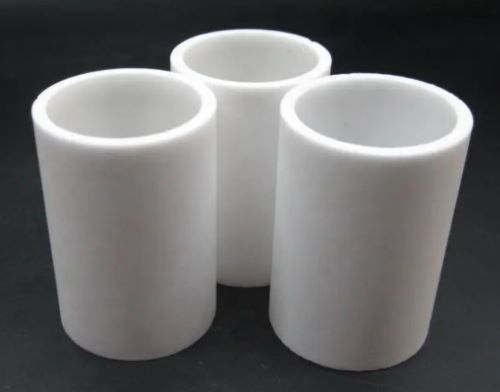
Figure 1: Boron Nitride Ceramic
The Innovation
Clients received standard BN plates at low cost and customised BN components for high‐temperature equipment manufacture. Initially, SAM supplied BN plates measuring 5″ x 10″ x 0.25″ (12 pieces) or 10″ x 10″ x 0.25″ (6 pieces) with a tolerance of ± 0.060 inch. The client approved this offering.
Subsequently, the nanocomposite manufacturer emailed a request for a customised BN refractory lining set for a microwave sintering oven. A total of 14 pieces were required. A detailed drawing with dimensions was provided. Our team worked to adapt the components and met the client’s requirements.
The Outcome
Stanford Advanced Materials produced a customised refractory lining set. The client acknowledged this achievement and continued collaboration. "Your BN Plates were suitable for our application. We used them as an overheat lining in our microwave oven. Will you supply Alumina Plates? We acknowledge the work of your team," said the chief engineer of the US nanocomposite manufacturer. The company provided an image of the BN lining set (see Figure 2).
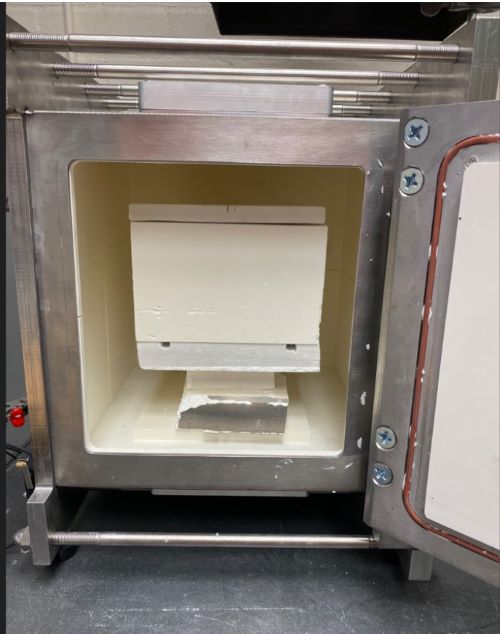
Figure 2: Customised Boron Nitride Components
Stanford Advanced Materials is a prominent supplier of a range of ceramics and other high‐performance materials. Should you have enquiries regarding ceramic properties, production methods and applications, please contact us for further guidance. Custom modifications are available.

 Bars
Bars
 Beads & Spheres
Beads & Spheres
 Bolts & Nuts
Bolts & Nuts
 Crucibles
Crucibles
 Discs
Discs
 Fibers & Fabrics
Fibers & Fabrics
 Films
Films
 Flake
Flake
 Foams
Foams
 Foil
Foil
 Granules
Granules
 Honeycombs
Honeycombs
 Ink
Ink
 Laminate
Laminate
 Lumps
Lumps
 Meshes
Meshes
 Metallised Film
Metallised Film
 Plate
Plate
 Powders
Powders
 Rod
Rod
 Sheets
Sheets
 Single Crystals
Single Crystals
 Sputtering Target
Sputtering Target
 Tubes
Tubes
 Washer
Washer
 Wires
Wires
 Converters & Calculators
Converters & Calculators
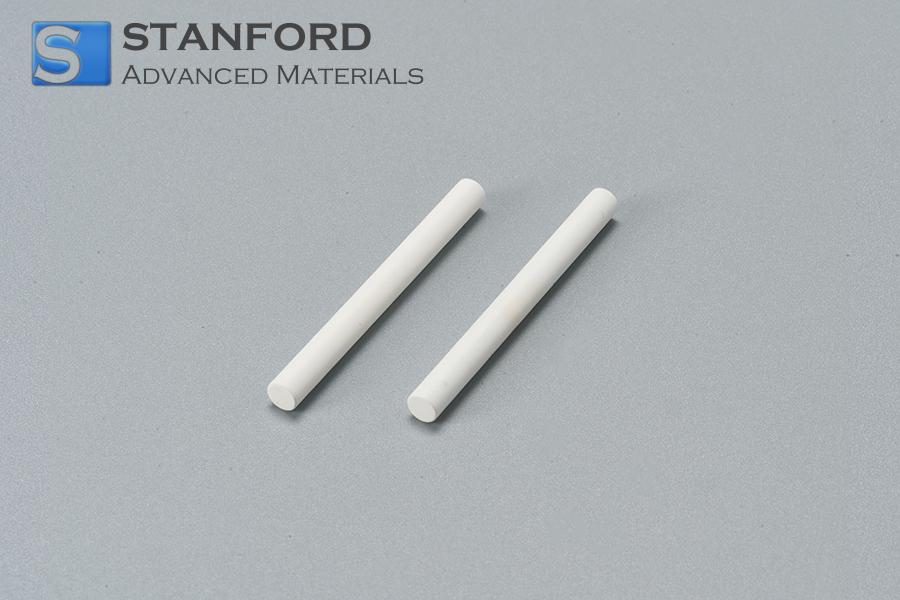
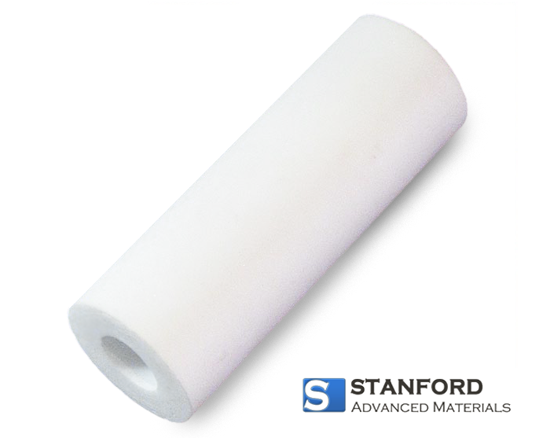
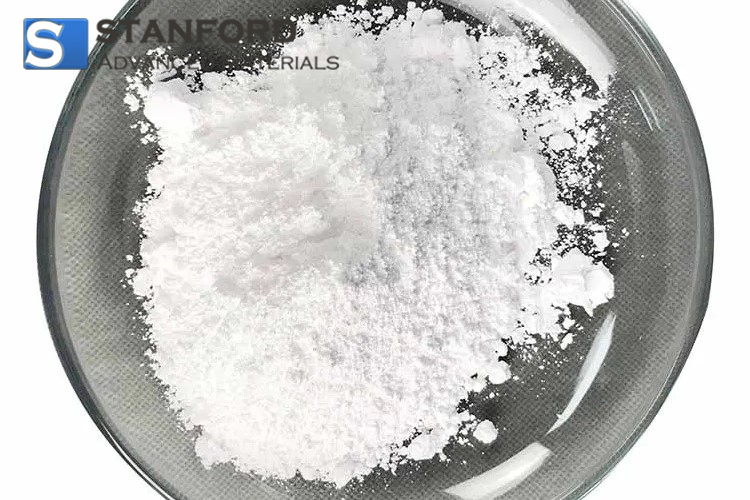
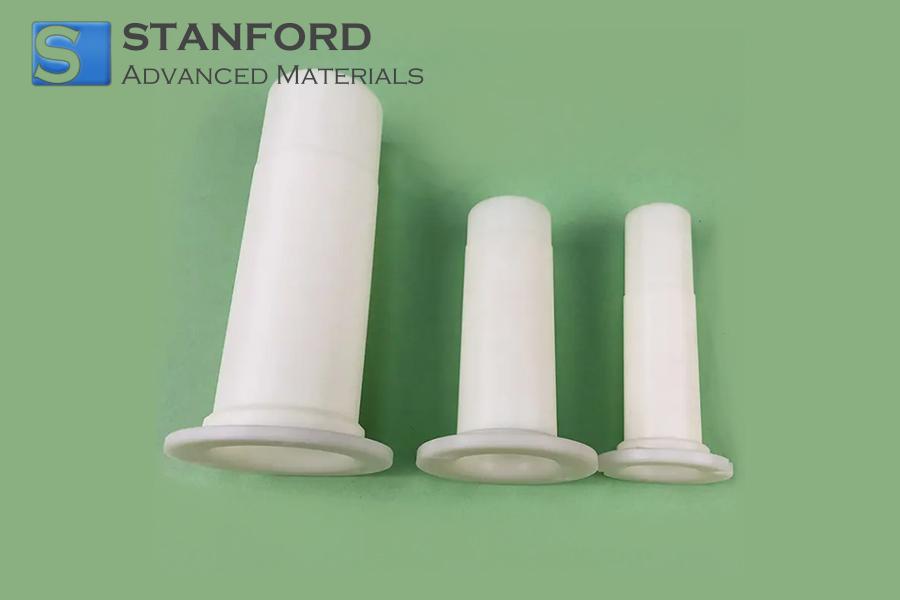
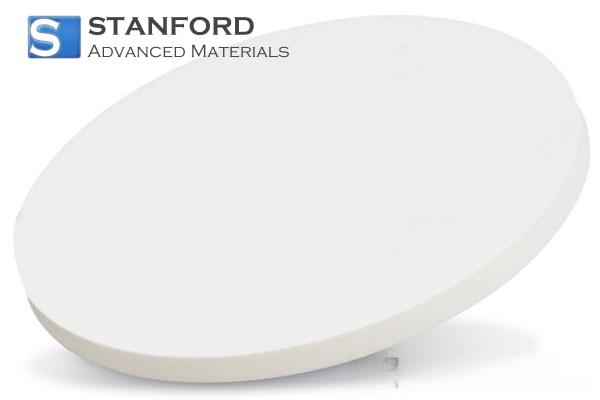
 Chin Trento
Chin Trento



